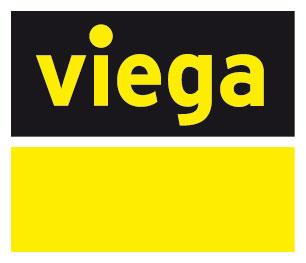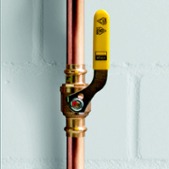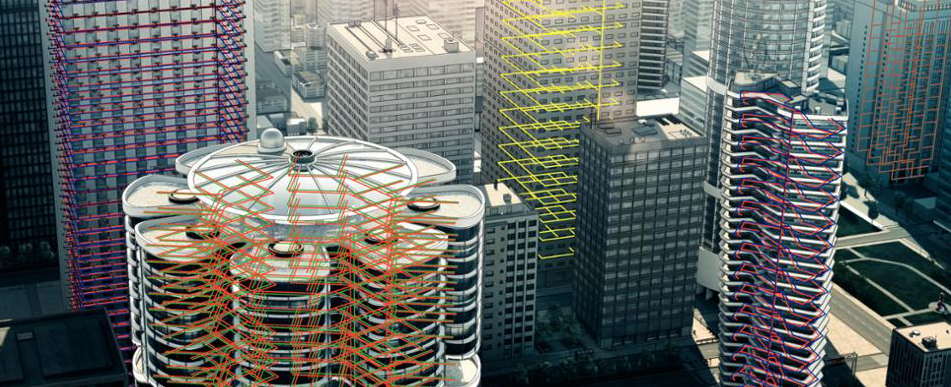When it comes to residential plumbing design layouts, these are some of the guiding forces at work. Yet it’s not always clear how this translates from a strategic standpoint.
Here are some best practices to help guide your efforts.
1. Understand Client Expectations
The success of any residential plumbing project begins with the right conversations. Ask the client about their expectations in terms of system performance, as well as their ideal budget.
Similar to the comfort and efficiency that a radiant heating system can provide, domestic water systems can be designed to perform at different levels based on the home’s layout and how much the client wants to spend. Talk through these points before the design phase begins to avoid any unpleasant surprises once the system is up and running.
2. Group Plumbing Fixtures Close Together
When plumbing fixtures are spread too far from one another, it doesn’t just tack on the need for extra materials and labor. The longer the distribution line, the more water there is stored inside. As a result, it takes longer for hot water to reach the fixture and there is more water waste (which means greater costs for homeowners).
Rather than scattering plumbing fixtures all over the place, look for opportunities to group them together when possible. A good example of this is the home-run system for PEX. Less complicated to install and easier to maintain, this centralized control system enables the operation of multiple fixtures at once, with less water waste and faster hot water delivery times.
Tip: If a home-run system isn’t feasible, opt for a combination system. In lieu of multiple tee fittings spread throughout a branch-and-tee system, small manifolds are placed near main fixture groups to boost efficiency and reduce pressure fluctuations.
3. Put Hot Water Equipment Near Plumbing Fixtures
Distance is also a factor in terms of plumbing fixtures and hot water heaters. In many cases, water heaters are placed in utility rooms or other areas out of sheer convenience. This can contribute to lengthy plumbing lines that call for more materials, longer installation times and increased water use.
When possible, it’s best to locate plumbing fixtures close to water heaters. In the case of home-run systems, the distance between the two should be no more than 8 feet for most applications. Keeping hot water supply lines on the shorter side will minimize purge time for the system and deliver hot water faster.
Tip: If your customer insists on hot water in a few seconds (versus 30 seconds or more), see if they are willing to invest in a second water heater or a recirculation system.
Let Viega Help with Your Residential Plumbing Design
Designing a plumbing system for a home is no easy task. While the tips highlighted above will guide you in the right direction, every residential project requires a unique solution.
At Viega, we are committed to helping you find that solution. With years of experience in the field and comprehensive industry knowledge, our design services team will put together a material list and price based on project specifications — your roadmap to a successful end result. Visit the design services section of our website to learn more.









